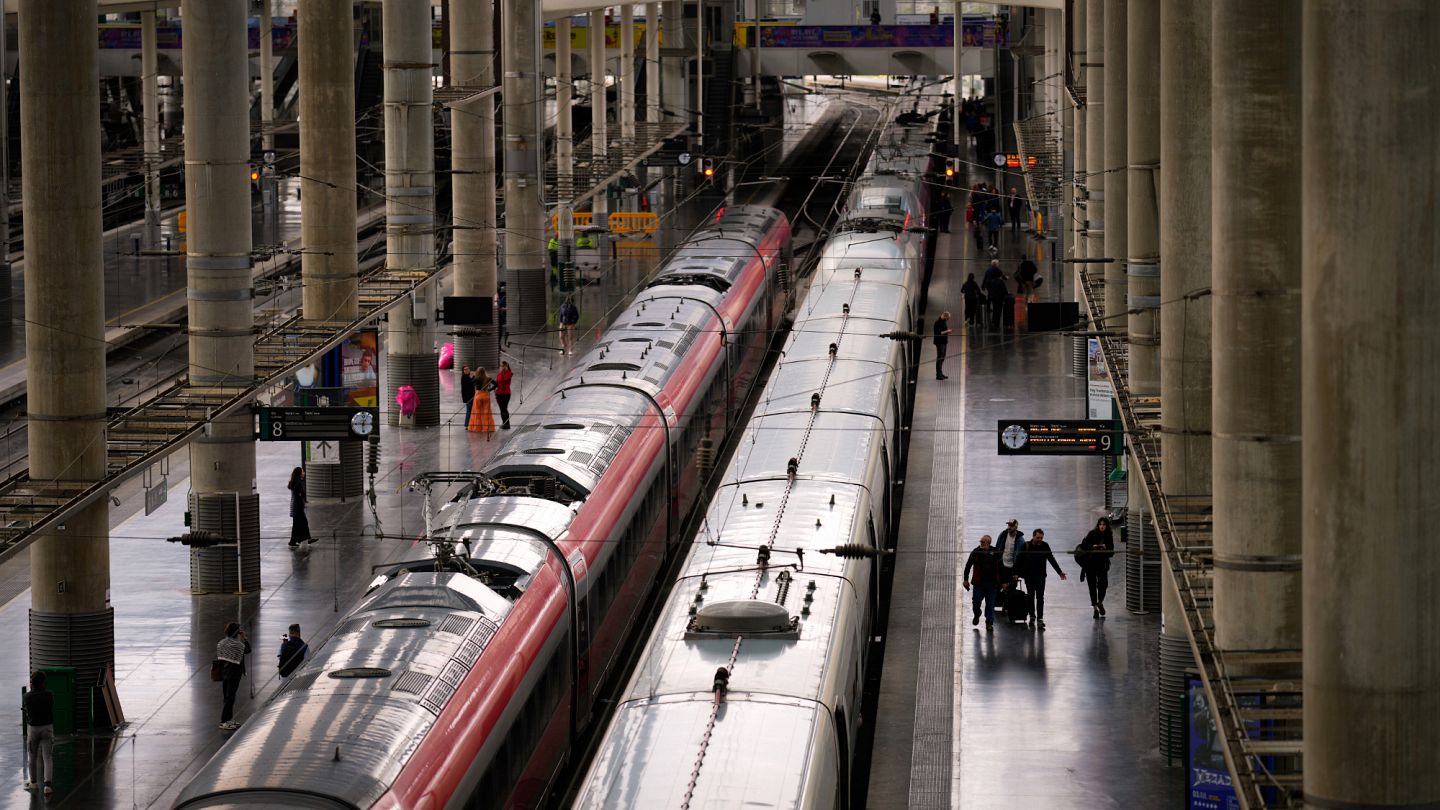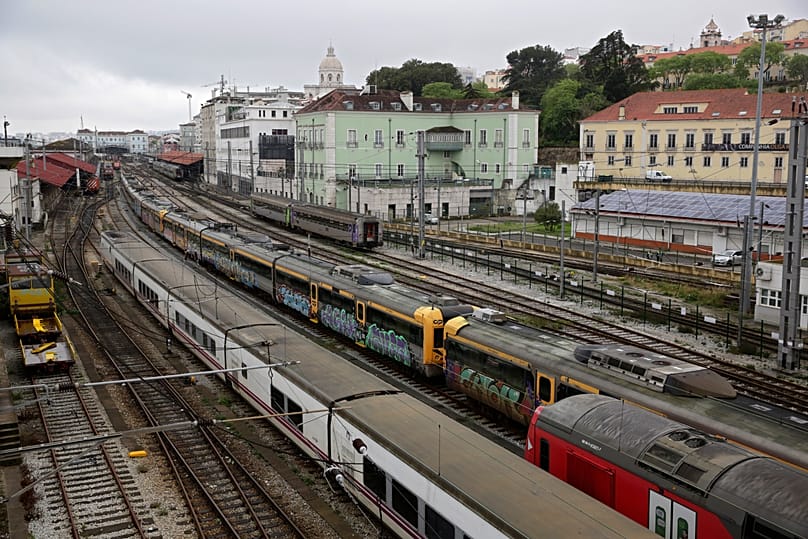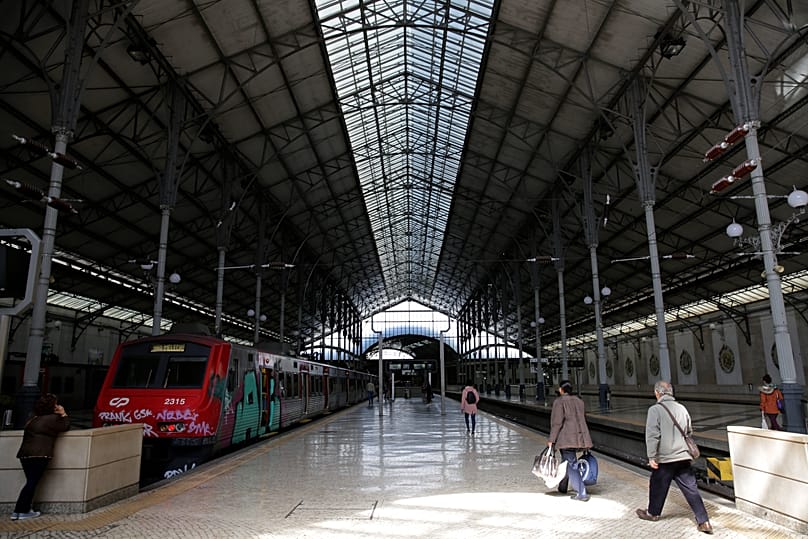
A railway link between Lisbon and Madrid has been given the green light following an agreement between the Portuguese and Spanish governments and the European Commission and is set to go ahead by 2030.
That will allow for a direct journey between the two capitals of around five hours, expected to be reduced to three hours by 2034.
“Portugal and Spain have taken a decisive step to bring the Iberian capitals even closer together, with the definition of a set of concrete actions that will make it possible to establish rail links between Lisbon and Madrid,” Portugal’s Ministry of Infrastructure and Housing said in a statement on Thursday.
According to the plan, the completion of work on the new high-speed line between Évora and Caia is expected to be completed by 2025 and will enter operation in 2026.
The Plasencia-Talayuela section is due to come into operation by 2028. Construction of the second track between Poceirão and Bombel will start next year with an end date of 2029 expected andcompletion of the studies for the new Lisbon-Évora line, including the Third Crossing over the Tagus should be completed by 2027.

By 2034, targets have been set for a direct Lisbon-Madrid journey in around three hours along the new Lisbon-Évora high-speed line, including the Third Crossing over the Tagus and the doubling of the Évora-Caia line, “if the need arises,” the government said.
Also planned by that date is the implementation of the European Rail Traffic Management System (ERTMS) on various stretches between Lisbon and Madrid, as well as studies and possible construction of the new high-speed section between Caia and Badajoz and the Elvas-Badajoz international railway station on the border between the two countries.
“The new rail link between Lisbon and Madrid represents a more competitive alternative from the point of view of cost and convenience for passengers on the more than 40 daily flights between the two capitals, while also promoting a modal shift towards transport with a lower carbon footprint,” the ministry of infrastructure said, adding that “by significantly reducing journey times to around three hours by 2034, this project not only strengthens territorial and economic cohesion, but also contributes directly to reducing greenhouse gas emissions, contributing to more sustainable mobility in Portugal and the Iberian Peninsula.”
The ministry stressed that this project is part of the European strategy for sustainable mobility and cross-border rail interconnection, involving structural investments in infrastructure, technological modernisation and rail interoperability.
According to the same statement, Portugal and Spain have also committed to “assessing the socio-economic costs and benefits and the impact on interoperability of migrating from the Iberian gauge to the European standard gauge by 2027.”

Miguel Pinto Luz, who heads the ministry, said it was “a historic step in the connection between Portugal and Spain, with a project that puts Lisbon and Madrid just three hours apart by 2034.”
The European Commission emphasised in a statement that “this flagship cross-border infrastructure project will significantly improve connectivity within the European Union” and that the decisionpromotes the full integration of Portugal and Spain into the European high-speed rail network.
Also quoted in the same press release, the European Commissioner for Sustainable Transport and Tourism, Apostolos Tzitzikostas, said that “covering just over 600 kilometres between Lisbon and Madrid in just three hours is an outstanding example of the high-speed rail links we want to achieve throughout Europe.”